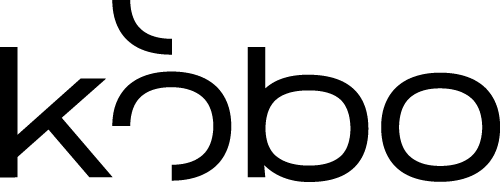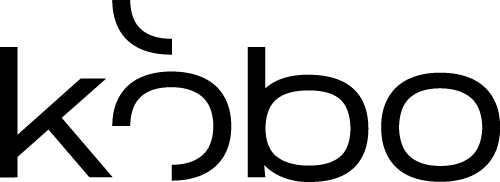No products in the cart.
Transformation – Translocation by Ai WeiWei
Until recently I had only read about Ai WeiWei, his art and political/ social activism but that changed recently on a visit to Austria where his installation work Transformation – Translocation is being shown at the Belvedre Museum and 21er Haus in Vienna.
Generally not a huge fan of installation work primarily because it often requires a lot of explanation which I find undermines the purpose of art, WeiWei’s work was simple in execution but very effective in bringing home his complex concept and the fragrant aroma of the tea leaves at the 21er Haus exhibit only added to interesting experience.
Along with expressing his feelings on the history and culture of his native China, WeiWei highlights the very current global crisis and enormous suffering of refugees, their migration and hence relocation and transformation. These two exhibitions together highlight different aspects of the same topic.
At the Belvedere
1. Shanhaijing, Bamboo and Silk: suspended from the main staircase at the Upper Belvedere are creatures made of these traditional Chinese materials which represent hybrid beings Lu, Mingshe, Taifeng, Chuniao, Shuyu spoken of in the fictional stories from Shanhaijing during the third century B.C.
2. Circle of Animals/ Zodiac Heads, Bronze: in the Belvedere gardens consist of the twelve animal heads of the Chinese Zodiac: Rat, Ox, Tiger, Rabbit, Dragon, Snake, Horse, Ram, Monkey, Rooster, Dog, Pig. These sculptures are based on the bronze figures adorning the eighteenth century Yuanmingyuan, Old Summer Palace in Beijing which were then destroyed and looted by British and French troops during the Second Opium War in 1860.
3. F lotus: 1005 PVC, polyethylene foam life vests form 201 lotus flowers in the Belvedere pond using five life vests each and form a calligraphic F which is a recurring letter in WeiWei’s oeuvre. The life vests which were worn by refugees bring attention to the uncertainty they live with and the lotus flower symbolizes purity and longevity.
At 21er Haus
1. Wang Family Ancestral Hall: WeiWei gives new meaning to the 1,000 building elements and carvings of the Ming Dynasty (1368 – 1644) by translocating them to the 21er Haus. This building forms the centre-piece of the exhibit.
2. Spouts: 100,000 Antique broken spouts from the Song to Qing Dynasties are layed out like a carpet forming an artwork at the 21er Haus and transforming form and funtion of these ancient teapots which were produced, buried and excavated while giving further reference to the China’s tea culture.
3. Teahouse: Constructed and installed using pressed Pu-Erh tea, the cubes and prisms that make up these teahouses are surrounded by loose tea leaves and speak of the artists innate interest in architecture and the traditions of his homeland.






